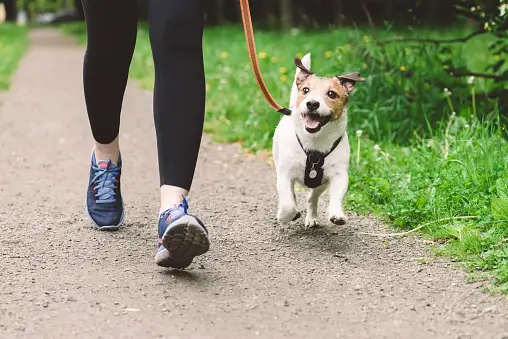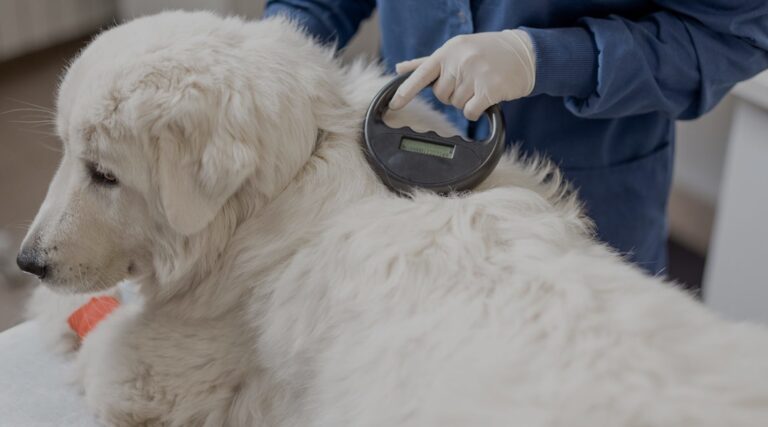Music therapy for dogs is a growing trend among pet owners looking for holistic ways to improve their dog friend’s well-being. From calming anxious pups to providing entertainment for bored dogs, music has been shown to have a positive impact on the mental and emotional health of our canine companions. In this guide, we will dig in into the benefits of music therapy for dogs and explore how you can incorporate this soothing practice into your pet’s daily routine.
Benefits of Music Therapy for Dogs
- Makes Dogs Feel Good: Music can help dogs feel less scared or anxious, especially during loud noises.
- Helps Dogs Relax: Soft music can calm dogs down and make them feel peaceful.
- Improves Sleep: Playing gentle music can help dogs sleep better, which is good for their health.
- Keeps Dogs Happy: Listening to music can be fun for dogs and prevent them from feeling bored or lonely.
- Brings Dogs Closer to Owners: Listening to music together can make dogs feel closer to their owners.
- Relieves Pain: Music might help dogs feel less pain and more comfortable.
- Reduces Fighting: Relaxing music can help calm down dogs and prevent them from fighting.
- Helps with Training: Music therapy can be part of teaching dogs to behave better in certain situations.
- Works Well with Other Treatments: Music therapy can be used with other treatments to help dogs feel better.
- Keeps Dogs Healthy and Happy: Overall, music therapy is a simple way to keep dogs healthy and happy.
Types of Dog Music for Therapy
Dog music therapy offers various types of music tailored to suit different purposes and preferences. Here are some common types:
- Classical Music: Known for its soothing and calming qualities, classical music, especially pieces with slow tempos and gentle melodies, can help relax dogs and reduce anxiety.
- Soft Instrumental Music: Instrumental music devoid of loud or jarring sounds can create a serene atmosphere, promoting relaxation and tranquility for dogs.
- Nature Sounds: Natural sounds such as birds chirping, flowing water, or gentle rainfall can mimic a peaceful outdoor environment, helping to soothe and comfort dogs.
- Reggae: Surprisingly, studies suggest that reggae music with its steady beat and rhythmic patterns can have a calming effect on dogs, reducing stress and promoting relaxation.
- New Age or Ambient Music: Ambient music characterized by its atmospheric and ethereal qualities can create a calming ambiance, ideal for relaxation and stress reduction in dogs.
- Specifically Composed Dog Music: Some musicians create music specifically designed for dogs, incorporating frequencies and tones that resonate with canine hearing range and preferences.
- Customized Music Playlists: Pet owners can curate playlists tailored to their dog’s preferences, including a mix of calming music genres or songs that their dog responds positively to.
- Music with Biologically Calming Properties: Certain types of music are engineered to have biologically calming properties, utilizing specific frequencies and tones to induce relaxation and reduce stress in dogs.
- Personalized Music Therapy: In some cases, music therapists work with dogs individually, selecting music based on the dog’s temperament, behavior, and specific therapeutic goals.
- Interactive Music Sessions: Interactive music sessions involving live music performances or playing instruments, such as gentle guitar or harp melodies, can engage dogs and provide sensory stimulation while promoting relaxation.
Implement Music Therapy for Dogs
Implementing music therapy for dogs involves several steps to ensure its effectiveness and safety:
- Choose Appropriate Music: Select calming music genres such as classical, soft instrumental, or specifically composed dog music. Avoid music with loud or sudden sounds that may startle or stress your dog.
- Create a Relaxing Environment: Choose a quiet and comfortable space for your dog where they can relax without distractions. Consider dimming the lights and providing cozy bedding to enhance the calming atmosphere.
- Start with Short Sessions: Introduce music therapy gradually, starting with short sessions of 10-15 minutes and gradually increasing the duration as your dog becomes more accustomed to it.
- Observe Your Dog’s Response: Pay attention to your dog’s behavior during music therapy sessions. Look for signs of relaxation such as lying down, sighing, or closing their eyes. If your dog seems stressed or agitated, try a different type of music or adjust the volume.
- Incorporate Music into Daily Routine: Make music therapy a regular part of your dog’s routine, playing calming music during times of stress or anxiety, such as before vet visits, during thunderstorms, or when left alone.
- Use Music during Training or Behavior Modification: Incorporate music therapy into training sessions or behavior modification programs to help your dog feel more relaxed and receptive to learning.
- Personalize the Experience: Experiment with different types of music and observe which ones your dog responds to best. You can create customized playlists based on your dog’s preferences and behavior.
- Combine with Other Relaxation Techniques: Music therapy can be complemented with other relaxation techniques such as aromatherapy, massage, or gentle exercise to further enhance its benefits for your dog
Final Thoughts
Music therapy has shown to have numerous benefits for dogs, including reducing anxiety, improving behavior, and promoting relaxation. By incorporating music into their daily routine, pet owners can help create a calmer and happier environment for their furry friends. Further research and exploration into the effects of music therapy on dogs can lead to even more insight into how to improve their overall well-being and quality of life. Whether it’s classical music, reggae, or even specially designed music for dogs, the power of music therapy should not be underestimated when it comes to enhancing the lives of our beloved canine companions.







